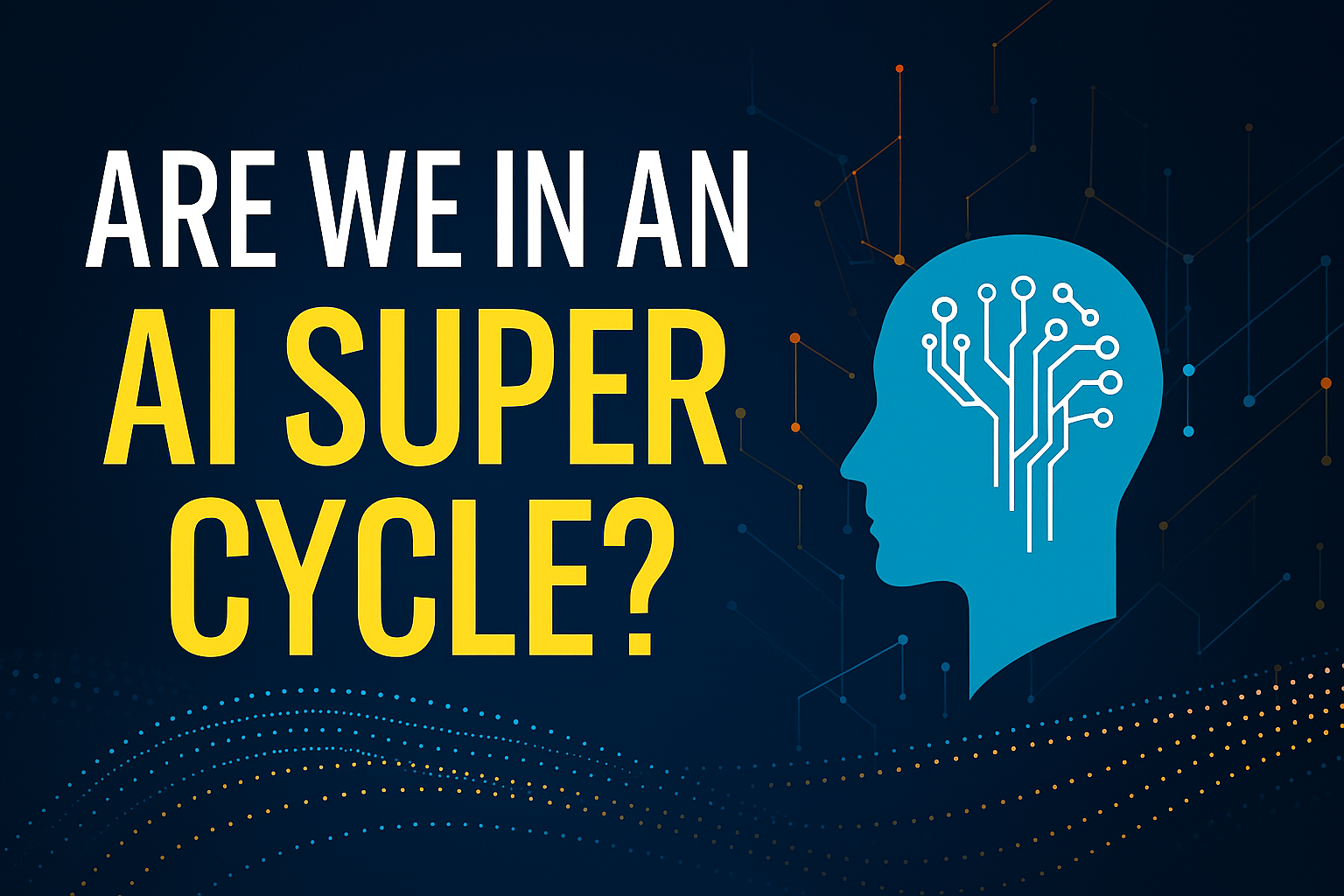The term ‘AI super cycle’ is gaining traction among top investors, and for good reason.
According to recent commentary from leading venture capitalists, we may be entering a prolonged period of exponential growth in artificial intelligence—one that could reshape industries, economies, and even the nature of work itself.
Unlike previous tech booms, this cycle isn’t driven by a single breakthrough. Instead, it’s the convergence of multiple forces: unprecedented computing power, vast datasets, and increasingly sophisticated models.
From generative AI tools that write code and craft marketing copy, to autonomous systems revolutionising logistics and healthcare, the pace of innovation is staggering.
What makes this cycle ‘super’ isn’t just the technology—it’s the scale of adoption. AI is no longer confined to Silicon Valley labs or niche enterprise solutions.
It’s being embedded into everyday workflows, consumer apps, and national infrastructure. Governments are racing to regulate it, while companies scramble to integrate it before competitors do.
Some analysts believe this cycle could last 20 years, echoing the longevity of the internet era. But unlike the dot-com bubble, AI’s utility is already tangible.
Productivity gains, cost reductions, and creative augmentation are being realised across sectors—from finance and pharmaceuticals to education and entertainment.
Still, the super cycle isn’t without risk. Ethical concerns, data privacy, and algorithmic bias remain unresolved. And as AI systems become more autonomous, questions of accountability and control grow sharper.
Some also suggest the market is ‘frothy’ (including the Fed) and is due a correction or at the very least a pullback.
Yet for now, the momentum is undeniable. Investors are pouring billions into AI startups, chipmakers are scaling up production, and global markets are recalibrating around this new frontier.
If this truly is a super cycle, it’s not just a moment—it’s a movement.
And we’re only at the beginning of the curve

